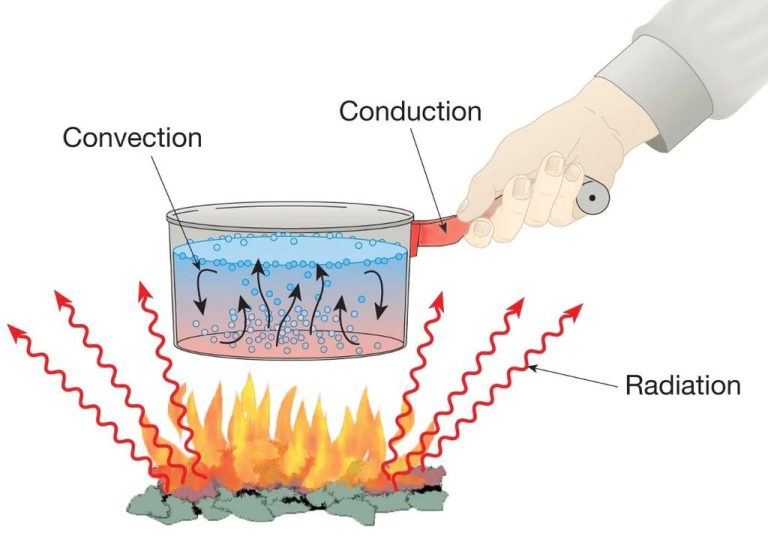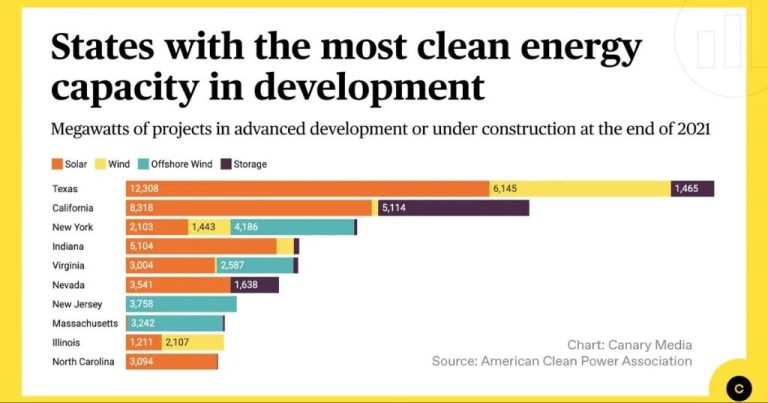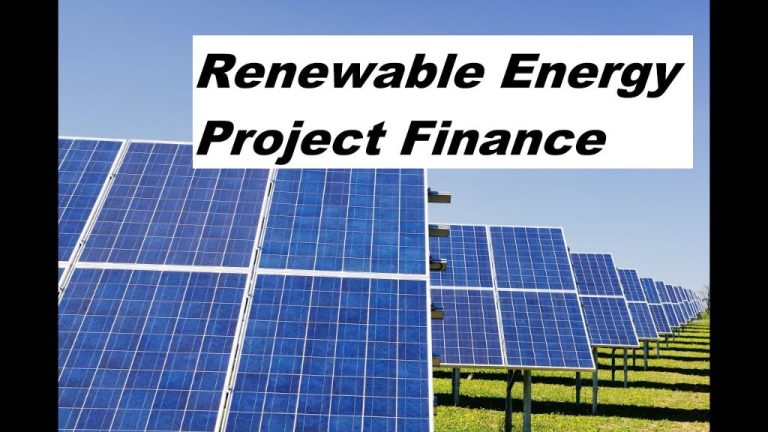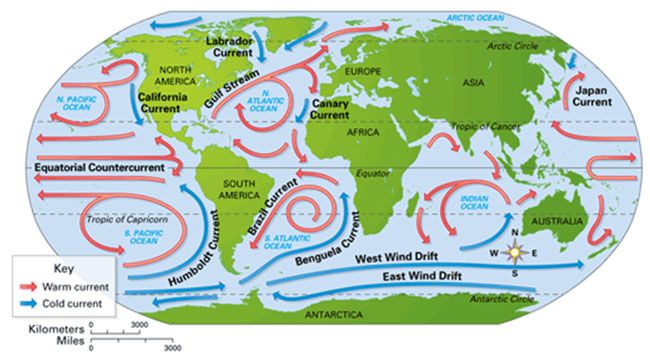What Will Be The Next Renewable Energy?
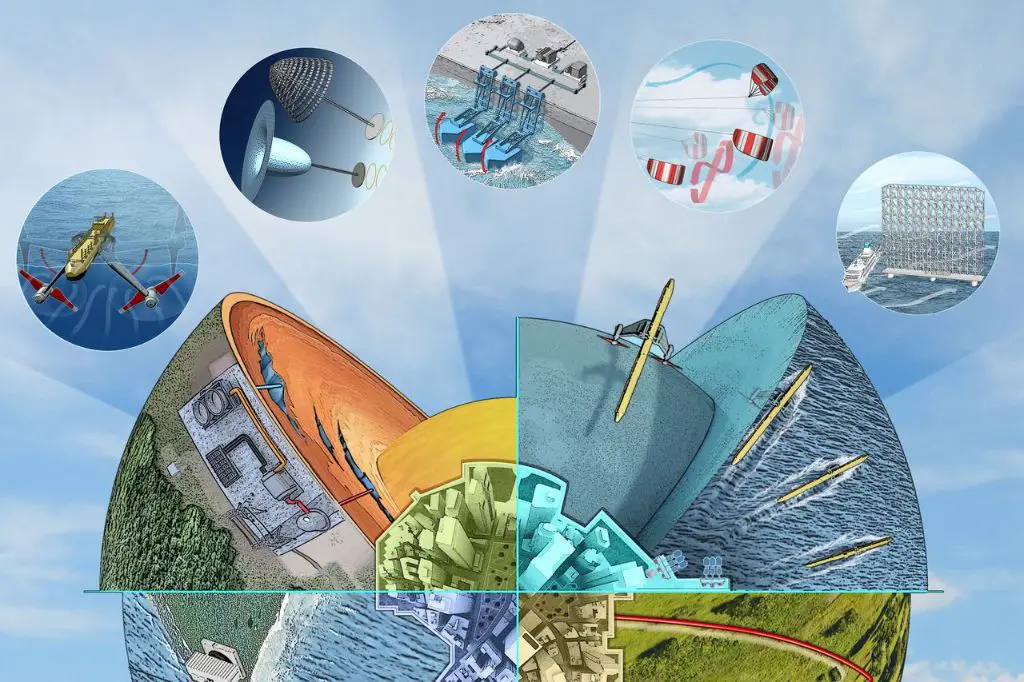
Renewable energy sources like wind and solar have seen tremendous growth in recent years. According to the IEA, renewables accounted for over 42% of global electricity generation in 2028, with wind and solar doubling their share to 25% (source). The expanding renewable energy industry reached over $1 trillion in annual global investment in 2021.
Renewable energy comes from naturally replenishing sources like sunlight, wind, water, plants, and geothermal heat. These clean energy technologies provide sustainable alternatives to fossil fuels that emit greenhouse gases driving climate change. The key renewable sources utilized today are solar, wind, hydropower, bioenergy and geothermal.
This article explores emerging renewable energy technologies that could become the next big renewable energy source. As key sources like solar and wind mature, new innovations in renewable tech can help accelerate the global transition away from fossil fuels. Understanding the next wave of renewables can provide key insights into the future of clean energy.
Solar
Solar power is one of the fastest-growing renewable energy sources, but still only accounts for around 3% of total global electricity generation [1]. The two main types of solar technology are photovoltaics (PV), which convert sunlight directly into electricity via solar cells, and concentrated solar power (CSP), which uses mirrors to focus sunlight to drive traditional steam turbines [2].
The main advantages of solar power are that it is renewable, clean, and widely available. Once panels are installed, the fuel source is free. However, solar only generates power when the sun is shining, requiring energy storage or supplemental power sources for 24/7 operation. PV panels have become very affordable but require large land areas for utility-scale deployment. CSP systems can include thermal storage but are currently more expensive than PV [2].
Many innovations aim to improve solar efficiency, storage capabilities, and flexibility. These include solar paints and windows that turn building surfaces into solar collectors [1], floating PV systems for water reservoirs, and improved CSP storage via molten salt and heat exchangers [3]. With continued declines in cost and advances in technology, solar is expected to become one of the primary mainstream electricity sources of the future.
Wind
Wind power has seen substantial growth over the past decade. According to the U.S. Department of Energy, wind power capacity in the United States has increased more than tenfold since 2000 (source). Globally, wind power capacity grew by 74 GW in 2022, with offshore wind accounting for 18% of that growth (source). The Global Wind Energy Council projects that global offshore wind capacity will reach 234 GW by 2030. Major efforts are underway to develop offshore wind farms along the U.S. east coast, with state policies aiming to procure over 100,000 MW of offshore capacity by 2050 (source).
Innovations in wind turbine technology, such as larger rotors, taller towers, and improvements in control systems, have enabled wind turbines to capture more energy and drive down costs. New floating offshore foundations are expanding opportunities for deep water wind farms. Ongoing research aims to enable continued performance improvements and cost reductions.
Offshore wind farms have high potential for growth due to strong and steady offshore winds. According to the Department of Energy, the U.S. offshore wind technical resource potential is over 2,000 GW, larger than the current U.S. electricity generation capacity. Costs have fallen dramatically in recent years, making offshore wind increasingly competitive with other energy sources.
Hydrogen
Hydrogen fuel cells work by converting hydrogen and oxygen into water, generating electricity in the process. Hydrogen acts as an energy carrier, storing the energy until it is needed. The hydrogen reacts with oxygen across an electrochemical cell similar to a battery to produce electricity.
Some key challenges currently limiting wider hydrogen adoption include high production and distribution costs, lack of infrastructure, and difficulties with hydrogen storage and transportation. However, many companies and governments are investing heavily in hydrogen research and development.
Recent breakthroughs in hydrogen technology include MIT’s electrolyzer design that can extract “green hydrogen” from water using renewable electricity at much higher efficiencies. This allows for more cost-effective and sustainable hydrogen production. Companies like Intelligent Energy are also innovating with advanced fuel cell systems for transportation and portable power applications.
Pilot projects using hydrogen for heating, power generation, and transportation have demonstrated its viability and potential if costs can be reduced. More infrastructure and technological improvements will be needed for hydrogen to play a major role in the global energy system.
Geothermal
Geothermal energy has huge untapped potential as a renewable energy source. While geothermal currently provides only about 0.3% of U.S. electricity generation, the Department of Energy estimates there is 30 gigawatts of undiscovered hydrothermal resources in the western United States alone, which could power about 30 million homes.[1] New techniques like enhanced geothermal systems (EGS) could enable access to geothermal resources several miles beneath the earth’s surface. EGS involves injecting fluid into hot, dry rocks deep underground to extract heat and generate electricity.[2]
Successful geothermal projects include The Geysers in California, the largest complex of geothermal power plants in the world with 1517 megawatts of installed capacity. Iceland generates close to 30% of its electricity from geothermal sources thanks to its location on the seismically active Mid-Atlantic Ridge. New Zealand, Indonesia, and several other countries also utilize substantial geothermal power. With more investment and innovation, geothermal’s full potential could be unlocked worldwide.
[1] https://www.energy.gov/eere/articles/going-back-well-again-harnessing-geothermal-energys-potential
[2] https://e360.yale.edu/features/can-geothermal-power-play-a-key-role-in-the-energy-transition
Wave & Tidal
Ocean waves represent a promising source of renewable energy. The kinetic energy from waves can be captured through technologies like oscillating water columns, wave energy converters, and overtopping devices (National Renewable Energy Lab, “Marine Energy Basics”). One notable tidal energy project is located in Nova Scotia’s Bay of Fundy, which has the highest tides in the world. This project consists of underwater turbines that generate electricity from tidal currents (Government Accountability Office, 2021).
Compared to other renewables like solar and wind, wave and tidal energy have the advantage of providing a predictable, constant source of power. However, the technologies are less mature and can be expensive to install and maintain in ocean environments. There are also potential environmental impacts to marine ecosystems that require careful study (Government Accountability Office, 2021).
Overall, wave and tidal energy represent promising but challenging technologies to harness the immense renewable power contained in the world’s oceans. With further research and development, marine energy could one day make a significant contribution to the world’s clean energy portfolio.
Bioenergy
Bioenergy refers to renewable energy derived from organic matter, known as biomass. This includes plant or animal waste, wood, and crops like corn and soybeans. There are several ways bioenergy can be produced and used as fuel:
Biofuels like ethanol and biodiesel are made by processing biomass and can be blended with gasoline and diesel for use in vehicles. According to the US Energy Information Administration, ethanol production reached 15.4 billion gallons in 2022, while biodiesel hit 3.1 billion gallons (U.S. Bioenergy Statistics). Biogas produced from decomposing organic waste in landfills and elsewhere can be purified into renewable natural gas.
Bioenergy accounted for 5% of total world energy consumption in 2020, with capacity reaching 143 gigawatts globally as of 2021. However, growth has slowed to around 1% annually over the past decade compared to over 20% from 2000-2010 (Bioenergy worldwide – Statistics & facts). Scaling up bioenergy faces challenges like high costs, land use changes, and uncertainty about lifecycle greenhouse gas emissions.
Advanced biofuels from non-food sources like agricultural wastes, algae, and genetically engineered trees and grasses show promise for more sustainable large-scale production. With continued technological improvements and responsible policies, bioenergy can provide an increasing share of renewable energy. But it is unlikely to surpass other alternatives like wind and solar in the near future.
Nuclear
Nuclear power has the potential to play a major role as a source of clean energy in the future. Next-generation nuclear reactor designs aim to improve safety and cost-effectiveness. Advanced designs like small modular reactors (SMRs) and Generation IV reactors offer benefits like passive safety systems, reduced costs, and complementing renewables.
New nuclear technologies focus on safety innovations to avoid meltdowns. SMRs utilize passive cooling that doesn’t require external power or human intervention. Generation IV designs like molten salt reactors operate at lower pressures and use fuels that don’t require enrichment. Features like these can prevent catastrophic accidents.
Advanced nuclear can provide steady baseload power to complement intermittent renewables like solar and wind. Fast neutron reactors can also utilize spent fuel from traditional reactors as fuel. This gives nuclear the potential to complement renewables in a clean energy system.
Several innovative reactor designs are in development and testing phases. NuScale’s SMR design is slated to begin operation in 2029, while companies like TerraPower and X-energy are working on different Generation IV concepts. With continuing research and safety improvements, nuclear may emerge as a critical clean energy source.
Game Changers
In addition to the more established renewable energy technologies like solar, wind, and hydro, there are some wildcard innovations that could disrupt the energy sector in the future. These game changers represent high risk, high reward bets on radical new approaches to renewable energy.
One potential game changer is space-based solar power, which would involve placing enormous solar arrays in orbit that beam energy back to Earth using microwaves or lasers. This approach could provide constant, clean power anywhere on Earth, but developing the infrastructure is extremely challenging and costly.1
Artificial photosynthesis is another wild card renewable technology. This mimics natural photosynthesis to convert sunlight, water and carbon dioxide into energy-rich compounds like hydrogen fuel. Artificial leaves hold promise for clean fuel production but are still in the early stages of development.2
Finally, advanced geothermal systems could tap into the vast amounts of heat stored deep in the Earth’s crust through technologies like enhanced geothermal drilling. However, these techniques are unproven and progress has been slow.3 While success is not guaranteed, next-gen geothermal could be a huge leap forward.
The future of renewable energy likely depends on a combination of steady improvement in existing technologies as well as radical new innovations. Some game changers will succeed while others will fail, but the urgency of climate change demands we explore every option.
Conclusion
Based on the research, some of the most promising emerging renewable energy sources appear to be green hydrogen, offshore wind, and advanced geothermal. Green hydrogen in particular could play a pivotal role as an emissions-free fuel for multiple applications. Diversification across renewable sources will likely be critical to continue displacing fossil fuels and meeting energy demand. Each renewable technology has advantages and limitations, so pursuing a mix of solar, wind, hydro, geothermal, hydrogen, and others will provide complementary benefits.
Continued innovation will be vital across all renewable sectors and enabling technologies like batteries and transmission. Efficiencies must keep improving while costs decline for renewables to reach their full potential globally. With supportive policies and sustained research, renewable energy collectively has the capability to transform worldwide energy systems and usher in a new era of clean electricity.

